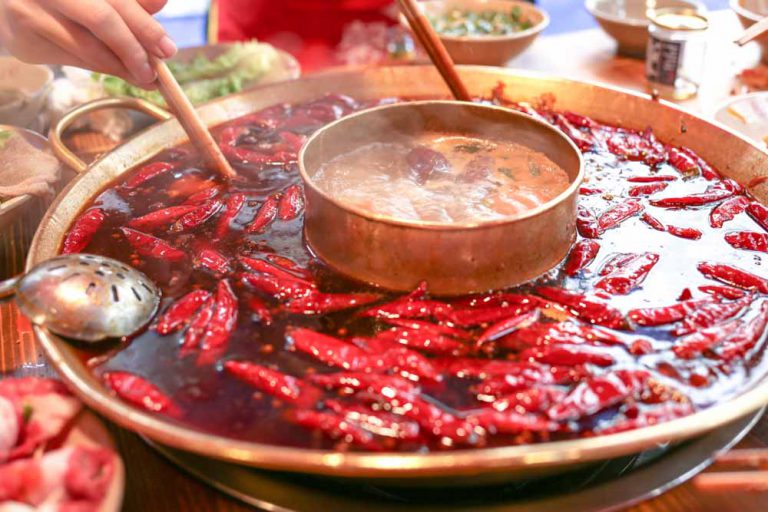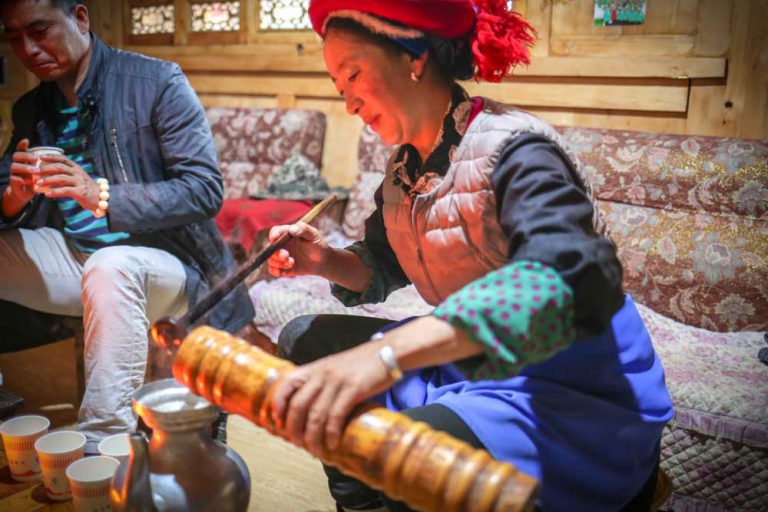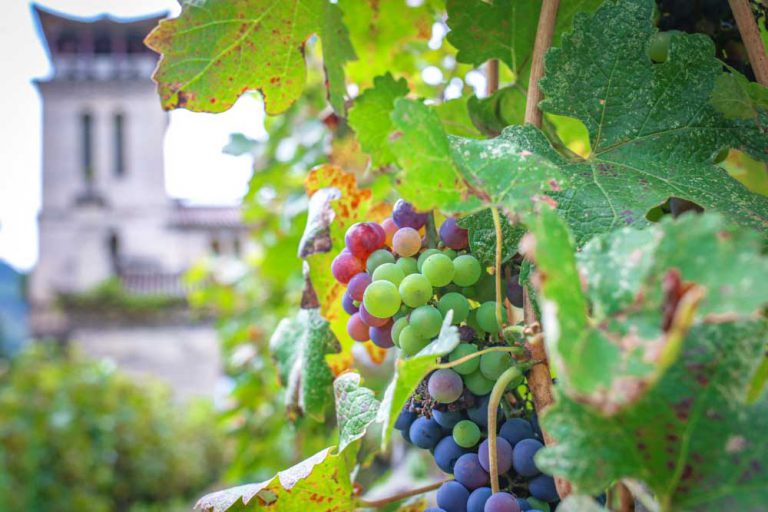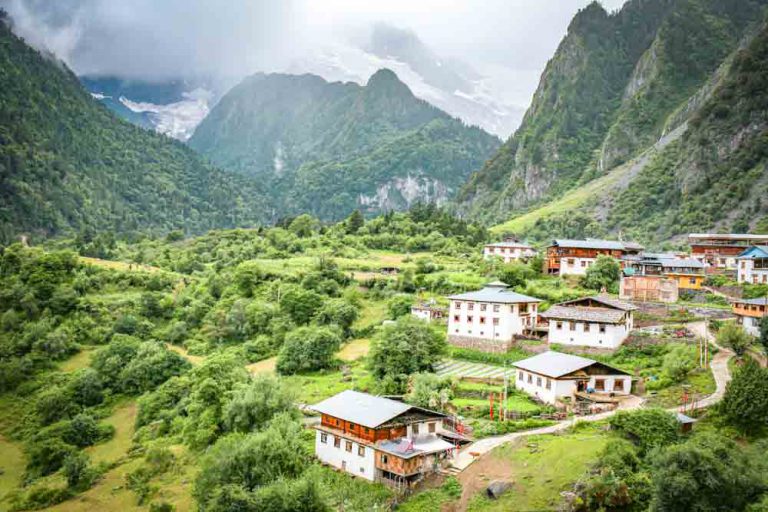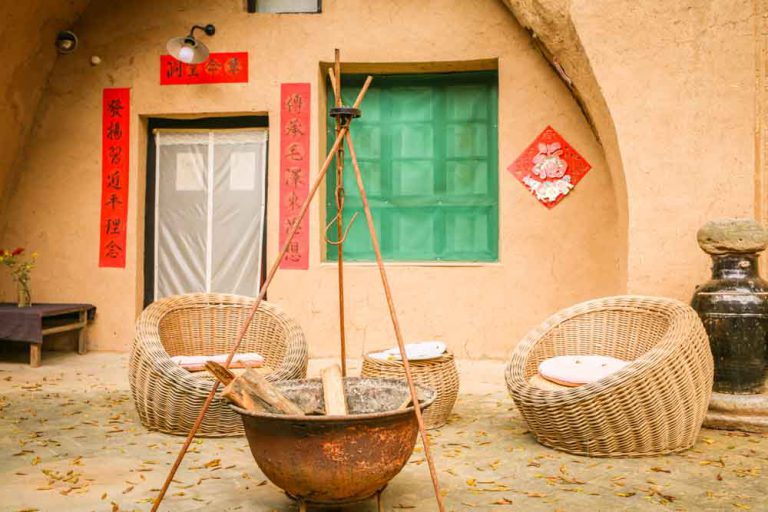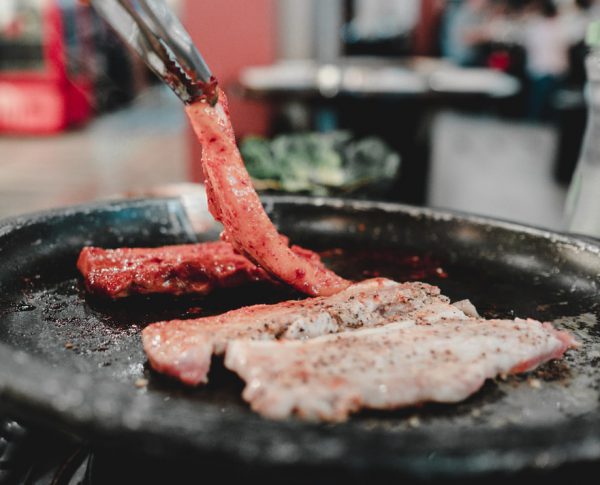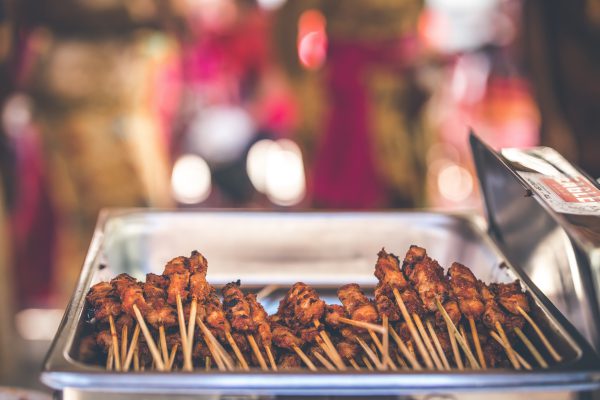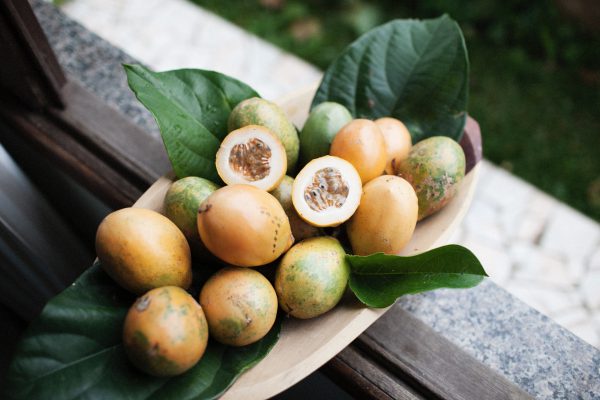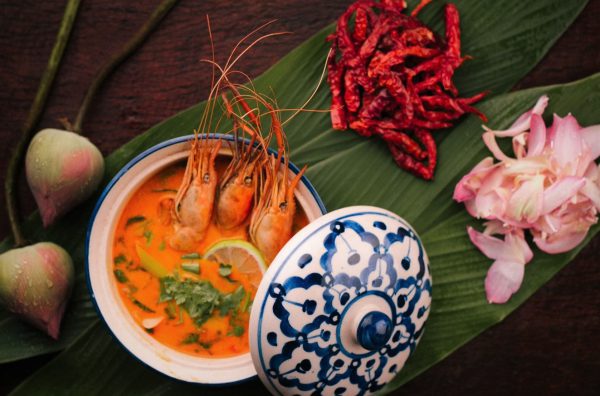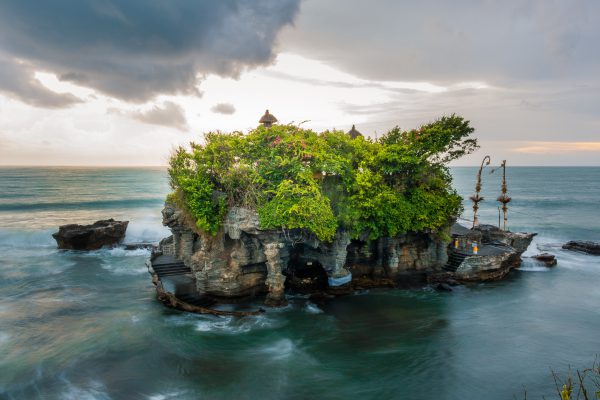Lost Plate, a partner of Cookly, has spent years providing delicious and delightful food tours in China, Cambodia, and Portland, Oregon. I had the chance to take their hutong food tour in Beijing in 2019. It was a great experience, eating some of the best food the city had to offer while riding around in a tuk tuk being handed unlimited beers. What an unforgettable night.
Like many of us in the travel industry, Lost Plate dealt with the abrupt disappearance of customers after the introduction of travel restrictions, since their tours were mainly directed at international tourists.
Once businesses and domestic travel started opening up within China (but still no international tourists), Lost Plate took this opportunity to introduce a new option: multi-day food trips in Chengdu, Xian, and the southwestern province of Yunnan cradled along the borders of Laos, Cambodia, and Vietnam.
After following along with many of their trips on their Instagram, I knew I had to know more about these tours, how they were developed, and the experiences they provide. So I reached out to Brian Bergey, who started Lost Plate with his wife Ruixi Hu, who is Sichuanese. He was gracious enough to answer my questions so we could all learn more about these incredible food experiences:
Was multi-day trips always a goal for Lost Plate or was it only born out of difficulties caused by COVID travel restrictions?
It has been an idea for a while, but we never had the time to sit down and think through a strategy. The idea was originally born because we noticed we had a significant number of guests (30%) book more than one tour with us in different cities. But we were so busy with our daily food tours across seven different cities in Asia, we just never found a good time to explore the idea further. When COVID happened, two big things changed: we had more time and there was a market of customers (expats in China) that were stuck. So we made it happen!
How does the planning process for a trip work? Who spearheads the creation of the itinerary?
My wife Ruixi [Hu] is solely responsible for all of the magic. She is from Chengdu, loves food, and has a strong knack for finding things that other people can’t. Some of our trips are in cities that we know quite well, like Chengdu and Xian (where we lived for 2 years). Now that we have 4+ days, we can include all of the best spots – which are really just from living in these places and knowing what’s good.
When it comes to planning a completely new destination, it involves a fair amount of pre-scouting research where Ruixi must make a list of all the potential places we could include. Then we go and try it all out! In Yunnan, Ruixi and I spent two full months exploring her entire list . . . eating and sightseeing, to find the best of everything. It took us this long to understand what our two Yunnan itineraries would look like and what would be included.
Wine seems to be an integral part of many of your tours. Is this to cater to expat tastes or are you showcasing new and traditional wine industries in these areas?
A little bit of both! Wine is an integral part of our Yunnan itinerary visiting the Shangrila region. Of course, expats in general are interested in wine, but we don’t include it just because people want to drink it. We want to make sure we are showcasing something special.
This region has the perfect climate for growing grapes. However, finding wine in this region for the Western palate is a bit more of a challenge. So we make it a point to visit a few different wineries so people can try different types (red, white, ice wine, etc.) but also different flavor preferences. Most of the good wine in this region is quite new, and still has a lot of room to grow.
There is an interesting history about one particular winery we visit in the small village of Cizhong. In the 1800s, French missionaries built a Catholic church in this town and brought along a variety of grapes good for growing wine. Today, the church still stands and the grapes still exist. During this time span, the original grape variety in France died out so this is the only place in the world left with this specific grape. The winery we visit here is a family trained by French wine-makers who still visit this area and we get to enjoy their wine while walking through the vineyard and cellars. It’s pretty cool and something most don’t know even existed.
Have you noticed many repeat customers on these trips or mostly new guests each time?
Yes! I don’t have the specific stat handy but I would say at least 25% of our multi-day trip guests have joined more than one previous trip with us. It’s really cool. Next month, a few of our guests will have done all four of our multi-day trips!
This speaks a lot about how our trips are designed and operated. We’re not just doing the typical stuff other travel companies do. We design the trips based on how we would want to travel, and there is always a full-time Lost Plate team member leading every trip. We also work closely with all of our local guides and vendors to make sure everything goes perfectly.
What role do you think food plays in understanding a different culture or region? This can be specific to China or in general.
Food is everything. People often don’t understand how varied Chinese food is. What we know in the West is a tiny sliver of what you’ll find in China. What makes this diversity so interesting is that most of it is impacted by history and culture, in one way or another.
For example, Xian sits at the end of the Silk Road. When you visit Xian, you’ll see a lot of noodles, bread, and meat and it’s going to be seasoned with things like cumin, fennel, and chili — influences from the Middle East. On our trip, most of the restaurants and shops are Muslim-owned as Xian has one of the largest Muslim populations in China. As we eat, we can share the history and the stories about what makes Xian what it is today. Guests aren’t going to be able to find a lot of this food or culture anywhere else in China.
Yunnan is another great example because almost all ethnic minorities in China can be found in Yunnan, which is quite remote compared to most of China. Years ago, when the ancient Tea & Horse Caravan Road created an overland bridge between India, Southeast Asia, Tibet, and China, many goods were traded heavily in this region. Imagine being a trader in those times, on the road for months. What would you eat? Wild herbs and veggies were easy to find in the mountains but the only way to eat meat was to cure it. To this day, cured pork is one of the primary foods you’ll see on every menu, and every family makes it at home every year.
And I didn’t even talk about Shangrila and Yunnan’s Tibetan region!
Which is your favorite destination of these trips? Why?
Wow, that’s a really tough one. I really enjoy the food in Xian and Yunnan’s Tibetan region. They both rely heavily on dough like noodles and breads, along with meat. They are both so unique, and it’s hard to find great Xian or Tibetan food outside of those regions. I’m also a mountain-lover so if I had to pick one, I’d say Yunnan. The landscape is beautiful, the weather is perfect, and the food is always fresh and tasty. I guess that’s why my wife and I decided to live here, at least until international tourism returns.
Once travel does open back up to international tourists, do you plan on marketing these tours for them? Will the tour look differently for an international tourist compared to a Chinese national or expat living in China?
Yes! I’m really excited for tourism to return and for us to be able to offer these trips. What we’re doing is so different, we can really offer a deep dive into each destination. If we can impress expats who have lived in China for years, we will certainly impress tourists. With that said, the tours will likely need to be adapted. Since all of our current guests live in China, they understand the intricacies of traveling here. They are able to get around easily on their own with things like WeChat Wallets, ride-sharing apps like Didi, and some even speak very good Chinese. Tourists will need a bit more help from a logistical and communication perspective but I don’t anticipate the itineraries will change very much.
Follow Lost Plate on their Instagram for stories, photos, and videos from their multi-day tours. Luckily, I got a 10-year visa for my trip in 2019 so as soon as I can, I’m heading back to China to experience one (or all) of these in person!


